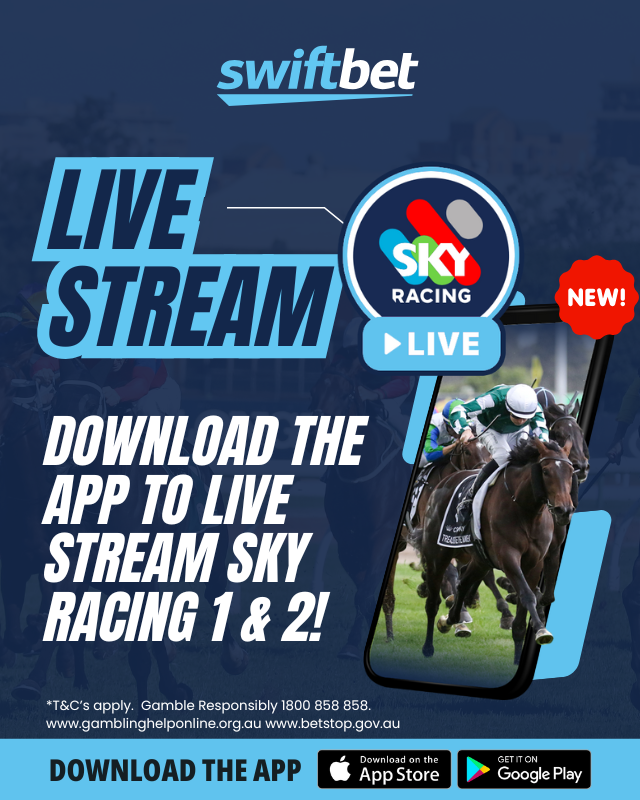A filly with a wicked turn-of-foot who caught attention nationally following her debut win, Glasgow Lass captured the imagination of many in her brief, yet successful, career.
Glasgow Lass had her early momentum interrupted by a stress fracture in her shoulder – an injury which threatened to derail the daughter of Alabama Express’ career before it had fully taken off.
“She pulled up sore after a gallop one morning, so we took her to TeleMedVET for a scan to identify the problem, if there was one,” trainer Mitchell Pateman told Racing WA.
“The team at TeleMedVET scanned her and we were able to work out the issue and provide the scan’s results to Ascot Equine Vet and start the rehab process.
“It’s not the first time TeleMedVET’s imaging technology has been able to identify an issue for us, which we otherwise would have struggled to work out.”
Glasgow Lass, a three-time winner from six starts including the Listed 1000 Guineas (1800m), was recently retired by Yulong Investments to commence her broodmare career.
Last year, the racing juggernaut took controlling share of the filly, who they bred, after she was purchased and initially raced by well-known WA horseman Justin Warwick.
Pateman said pinpointing the issue was instrumental in getting Glasgow Lass back to the track.
“She had a good spell, a bit of time in the paddock and then returned in really good order and, of course, then won the Guineas,” he said.
“The guys from TeleMedVET are really passionate about what they do, and we are lucky to have them.
“Anything that can help us trainers better identify issues early, before they become bigger issues, is obviously a huge tool to have and hopefully we can use it in the future.”
Co-founded by Chris Cowcher and Peter Tually, TeleMedVET has been offering clinical medical imaging scans to the WA equine community since 2019.
Through groundbreaking research, TeleMedVET is working to identify and prevent lameness and fractures in racehorses before they occur.
Chris said Glasgow Lass was one of many positive examples of how medical imaging is benefiting WA’s racing industry.
“Glasgow Lass is a perfect example of how medical imaging can help when the initial diagnosis isn’t looking positive for a horse. It’s a great showcase of the clinical side of our business” he said.
“It’s so rewarding seeing the trainers patiently rehabbing their horses and then watching them return to the winner circle.”
Aside from their clinical practice, Chris and his team are pioneering an industry-first study that is investigating the use of blood tests that may help predict bone fatigue and has the potential to be used as a performance tool by trainers.
The study that was initially made possible by the Racing WA Equine Welfare Research Fund grant, which helped to kickstart the research last year by scanning WA horses.
TeleMedVET scanned both lame and sound horses, noting their levels of osteocalcin and collagen in blood samples to investigate whether there is a correlation between higher concentrations of the biomarkers in the blood and the presence of a skeletal injury.
The team has also received a substantial grant from Racing Australia earlier this year, which Chris said was a major endorsement of TeleMedVET’s work.
TeleMedVET subsequently signed a Collaborative Research Agreement with the Hong Kong Jockey Club.
“To have the support of RWWA and RA and to be working with Hong Kong is massive for us and something we are really proud of,” Chris said.
“We are excited to progress our research and technical capabilities to help horses – like Glasgow Lass – return to full fitness.”



























